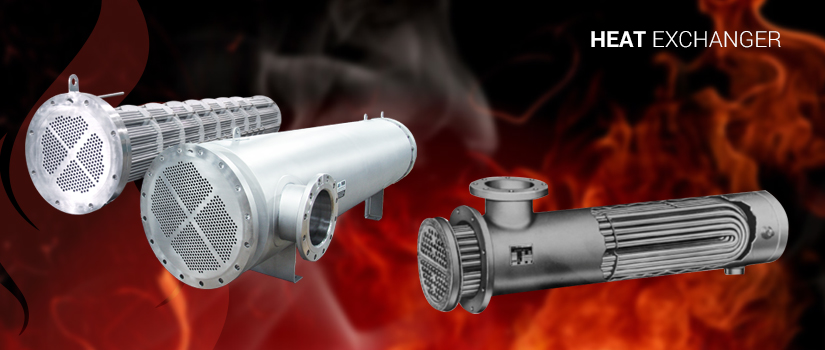HSCO heat exchangers can be manufactured to meet your specific needs. We can build your heat exchanger as provided sample-All coils are fabricated from only premium grade materials.
A heat exchanger is a device designed to efficiently transfer or 'exchange' heat from one matter to another. When a fluid is used to transfer heat, the fluid could be a liquid, such as water or oil, or could be moving air. The most well known type of heat exchanger is a car radiator. In a radiator, a solution of water and ethylene glycol, also known as antifreeze, transfers heat from the engine to the radiator and then from the radiator to the ambient air flowing through it. HSCO heat exchangers are designed to remove excess heat from aircraft engines, optics, x-ray tubes, lasers, power supplies, military equipment, and many other types of equipment that require cooling beyond what air-cooled heat sinks can provide.
In order to discuss heat exchangers it is necessary to provide some form of categorization. There are two approaches that are normally taken. The first considers the flow configuration within the heat exchanger, while the second is based on the classification of equipment type primarily by construction. Both are considered here.
Classification of Heat Exchangers by Flow Configuration
There are four basic flow configurations:
- Counter Flow
- Co-current Flow
- Crossflow
- Hybrids such as Cross Counterflow and Multi Pass Flow
Figure 1 illustrates an idealized counterflow exchanger in which the two fluids flow parallel to each other but in opposite directions. This type of flow arrangement allows the largest change in temperature of both fluids and is therefore most efficient (where efficiency is the amount of actual heat transferred compared with the theoretical maximum amount of heat that can be transferred).

Figure 1. Countercurrent flow.
In cocurrent flow heat exchangers, the streams flow parallel to each other and in the same direction as shown in Figure 2, This is less efficient than countercurrent flow but does provide more uniform wall temperatures.

Figure 2. Cocurrent flow.
Crossflow heat exchangers are intermediate in efficiency between countercurrent flow and parallel flow exchangers. In these units, the streams flow at right angles to each other as shown in Figure 3.

Figure 3. Crossflow.
In industrial heat exchangers, hybrids of the above flow types are often found. Examples of these are combined crossflow/counterflow heat exchangers and multi pass flow heat exchangers. (See for example Figure 4.)

Figure 4. Cross/counter flow.
Classification of Heat Exchangers by Construction
In this section heat exchangers are classified mainly by their construction, Garland (1990), (see Figure 5). The first level of classification is to divide heat exchanger types into recuperative or regenerative. A Recuperative Heat Exchanger has separate flow paths for each fluid and fluids flow simultaneously through the exchanger exchanging heat across the wall separating the flow paths. A Regenerative Heat Exchanger has a single flow path, which the hot and cold fluids alternately pass through.

Figure 5. Heat exchanger classifications.
Mechanical Considerations
All heat exchangers types have to undergo some form of mechanical design. Any exchanger that operates at above atmospheric pressure should be designed according to the locally specified pressure vessel design code such as ASME VIII (American Society of Mechanical Engineers) or BS 5500 (British Standard). These codes specify the requirements for a pressure vessel, but they do not deal with any specific features of a particular heat exchanger type. In some cases specialist standards exist for certain types of heat exchanger.
